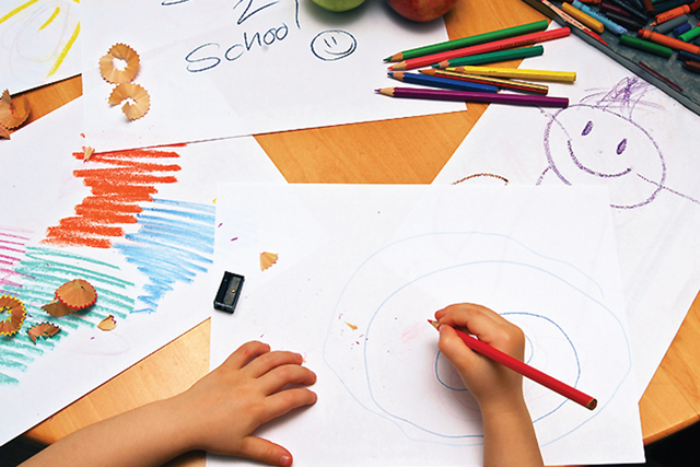Montessori Directress is like a candle. It consumes itself to light a way for others. The one thing that intrigues Miss. Bello about her job as a Montessori Directress is the new challenges she faces at the beginning of each term. She wasn’t running a special unit in the school, but her class was known to have children with different syndromes ranging from ADHD, Cerebral Palsy to Autism. She felt she had seen it all. Her love for unravelling mysteries and the passion she had for these children made her see her job as a challenge she must overcome. However, the one challenge she wasn’t prepared to encounter was the one that stared her in the face!
When Mrs. Henry came to school that morning and told her about her four year old daughter who had special needs, Miss. Bello preached about her experiences with other children who had challenges and beat her chest to say that there wasn’t a single syndrome she hadn’t encountered and handled.
All Mrs. Henry could say when she couldn’t convince Miss. Bello that she hasn’t encountered a syndrome just like the one her daughter has was “Let me bring her from the car.”
Miss. Bello was shocked to her bone marrows when Mrs Henry walked in with a baby in her arms! The child looked like a child of two years, and had unique features. She had an extremely small head, long and curly eyelashes, and a mass of body hair, that Miss Bello had to touch the child’s skin to convince herself that it wasn’t a fur! The child raised her hand to rub her eyes and that was when she realized the fingers were webbed! And she had confluent eyebrows that joined midline! She had to look behind her to find out whom the child was smiling at. Oh! She had a squint.
“Have you seen a syndrome like this?” that was Mrs. Henry asking a bewildered Miss Bello. “There’s always a first time,” was all she could muster with a weak smile.
Cornelia de Lange Syndrome abbreviated, as CDLS is also known as Bachman de Lange Syndrome. It is a genetic disorder present from birth. In most individuals, CDLS is not associated with any family history, but for others, siblings and/or parents may also have the syndrome. Researchers have identified a gene on chromosome 5 associated with CDLS.
The symptoms of CDLS are classified into two; they can either be present at birth or detected as the child grows.
The symptoms present at birth include some or all the syndrome’s distinctive facial features such as the confluent eyebrows, long and curly eyelashes, turned up nose, low front and back hairlines, down turned angles of the mouth and thin lips, small lower jaw and protruding upper jaw.
The other physical abnormalities which may either be present at birth or detected as the child grows are; vision problems, excessive body hair which thin out as the child grows, heart defects, gastrointestinal tract difficulties, very small head medically referred to as microcephaly and hand abnormalities. The hand abnormalities are classified this way due to the fact that a child with CDLS may have missing fingers, very small hand, and inward deviation of the pinky fingers or webbed fingers.
Clinical features diagnose CDLS. These features are often less obvious in males after puberty. Children with CDLS are often shorter than other members of their family. Some of the features do not cause problems for the concerned person; they are just clues for diagnosis.
However, other features associated with CDLS can cause problems, such as children who have gastrointestinal tract difficulties, which include vomiting, poor appetite, constipation, diarrhoea or gaseous distention. The gastrointestinal symptoms range from mild to severe. Also some children with CDLS may not necessary have all the problems associated with this syndrome because the severity of the problem varies. …to be continued
